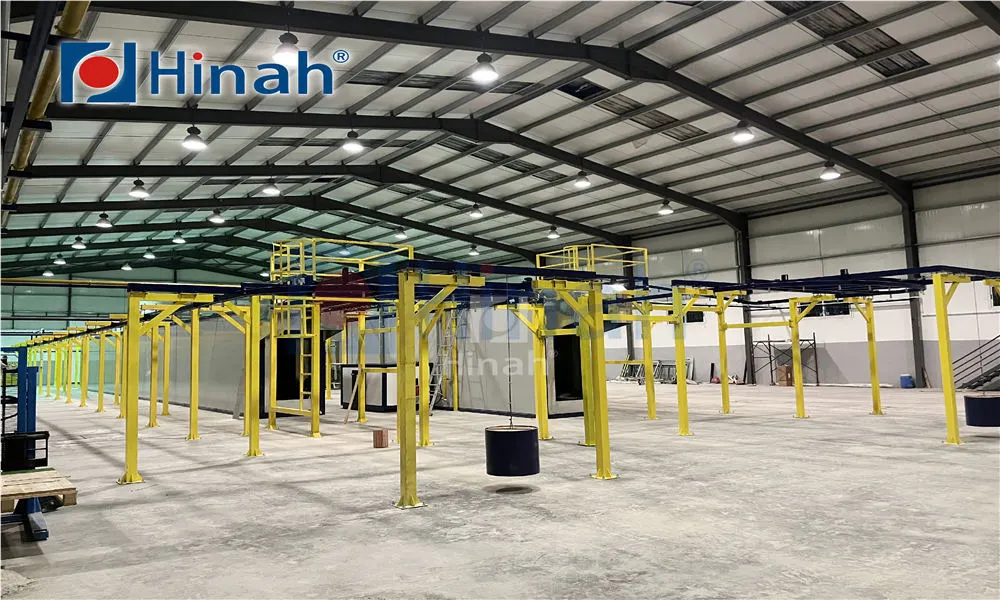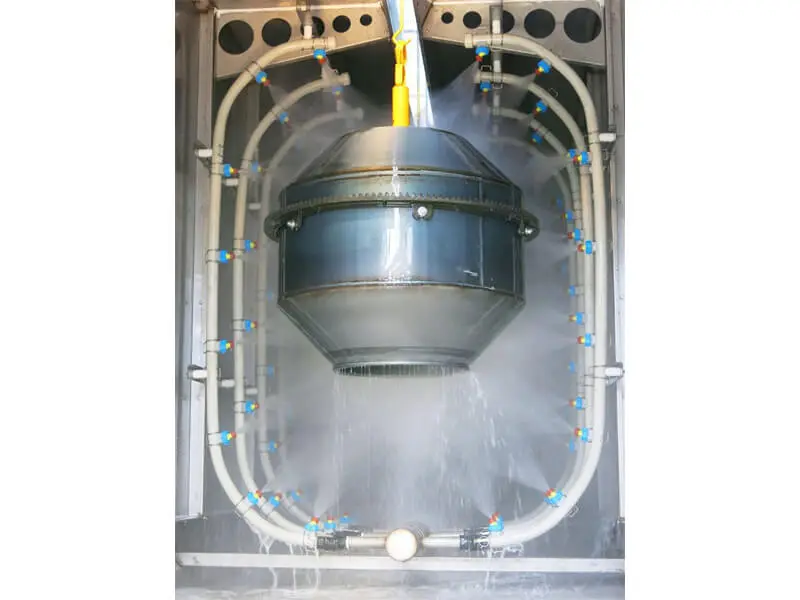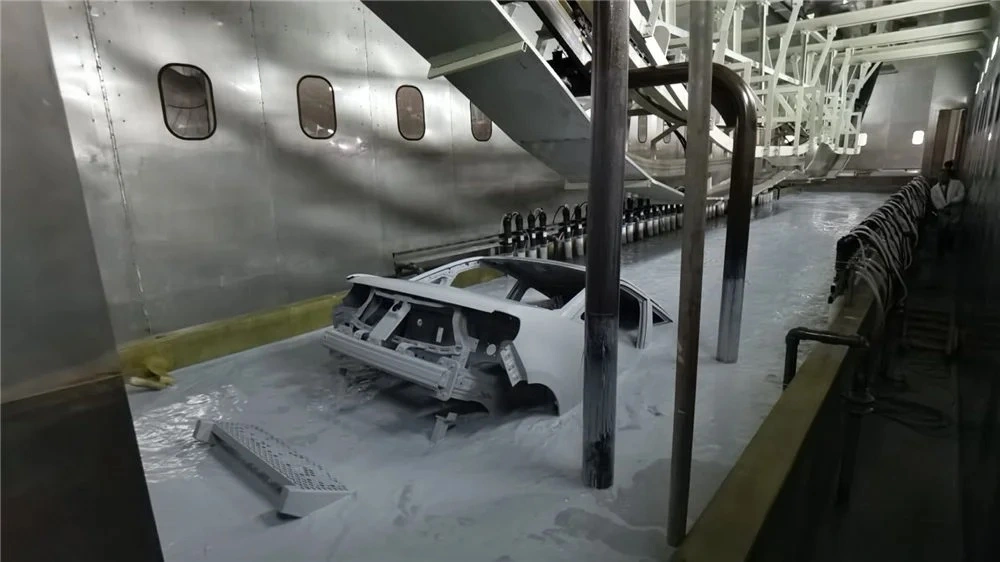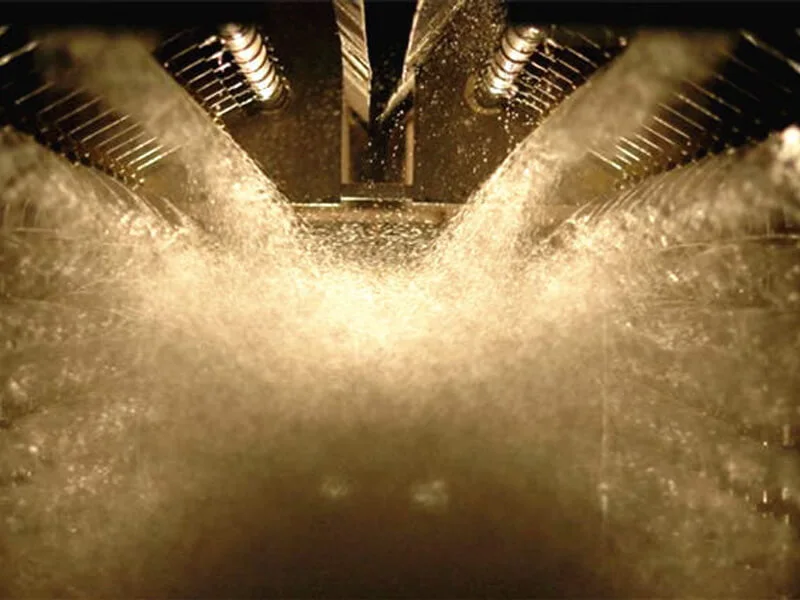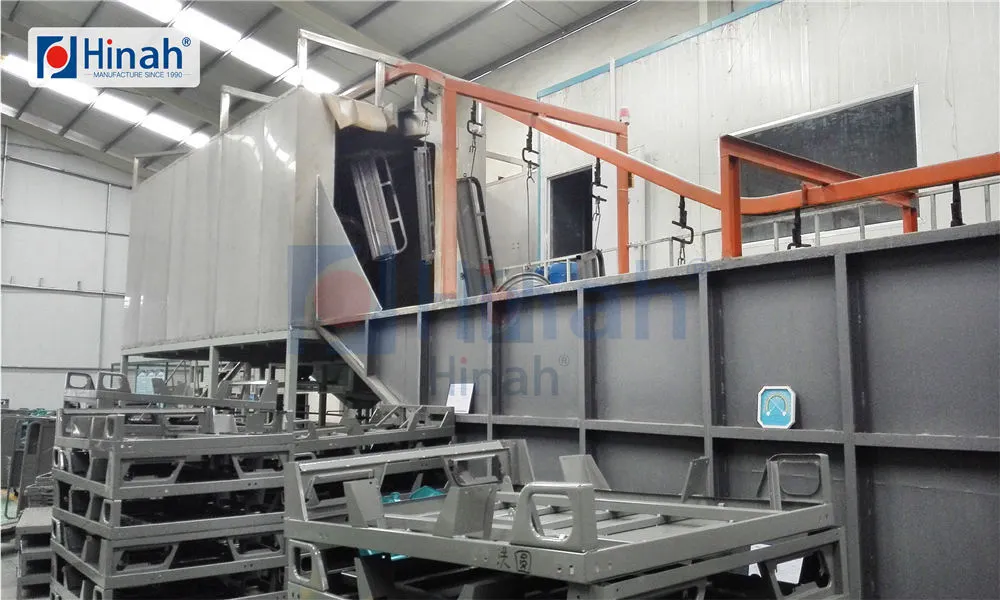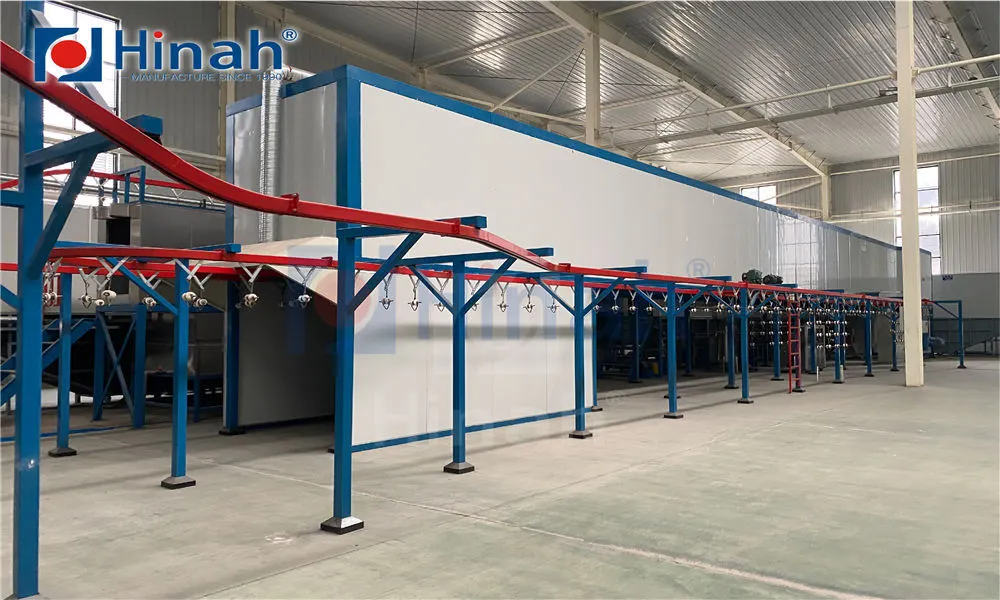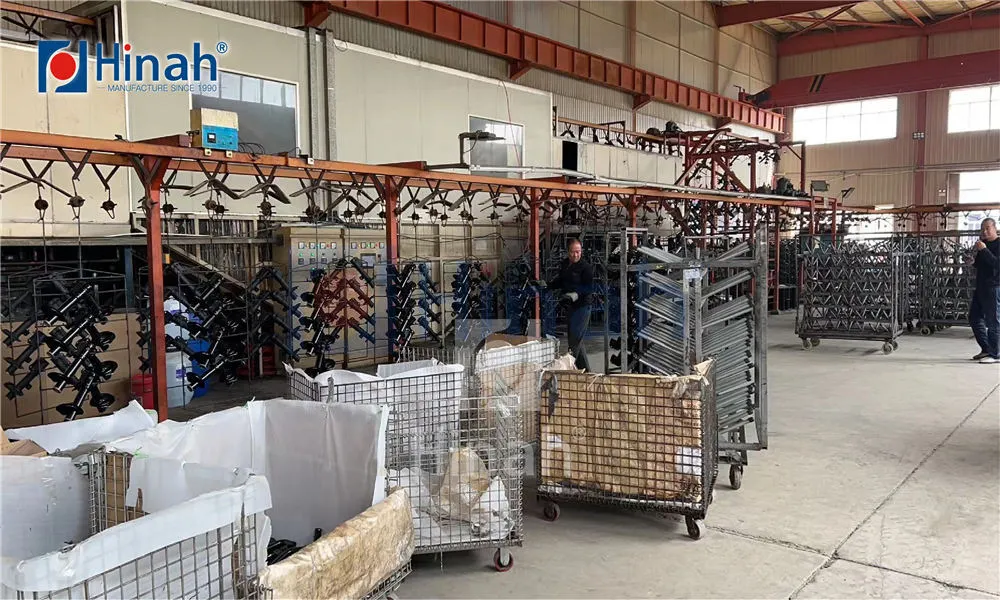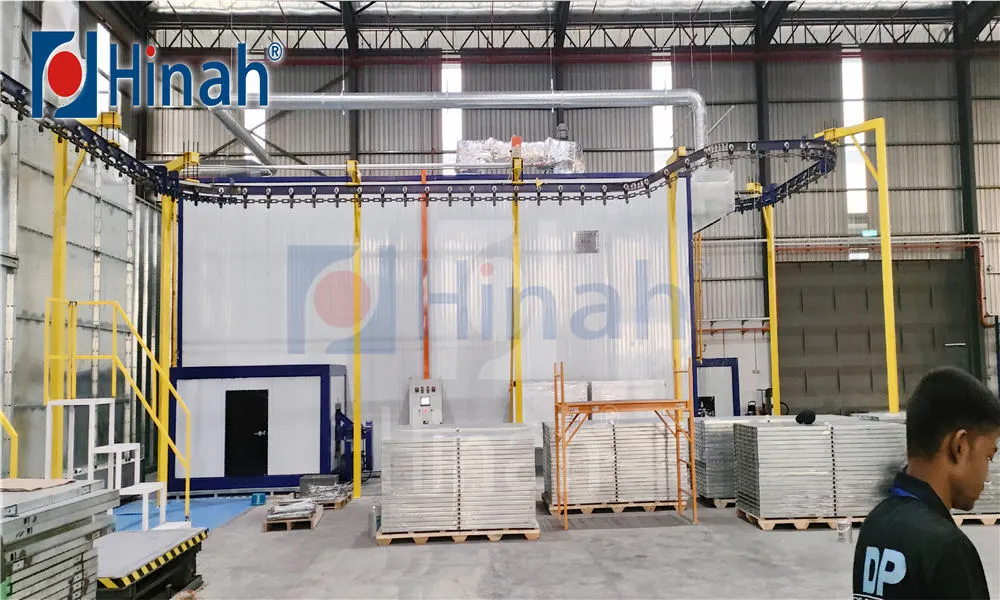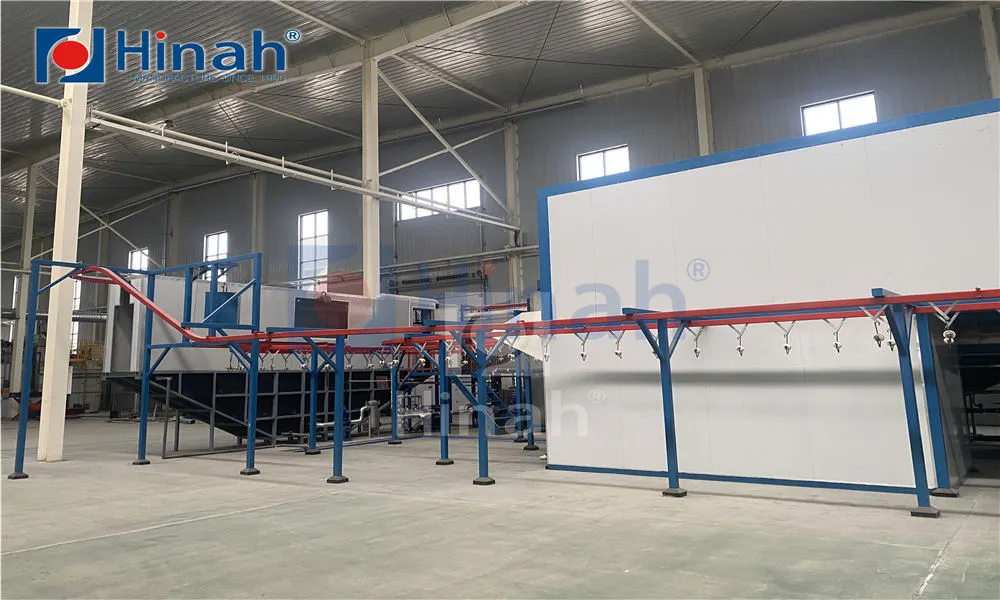In the world of industrial finishing and custom coating projects, the importance of a high-performance powder coating paint booth cannot be overstated. This essential piece of equipment provides a controlled environment for applying dry powder to various surfaces, ensuring a durable, high-quality, and aesthetically pleasing finish. Whether you're a small shop investing in your first setup or a large operation upgrading your system, understanding the intricacies of powder coating paint spray booths is crucial for maximizing productivity, finish quality, and overall safety. This article delves into the core functions, different types, and common challenges faced with these booths, providing a comprehensive overview for professionals and enthusiasts alike.
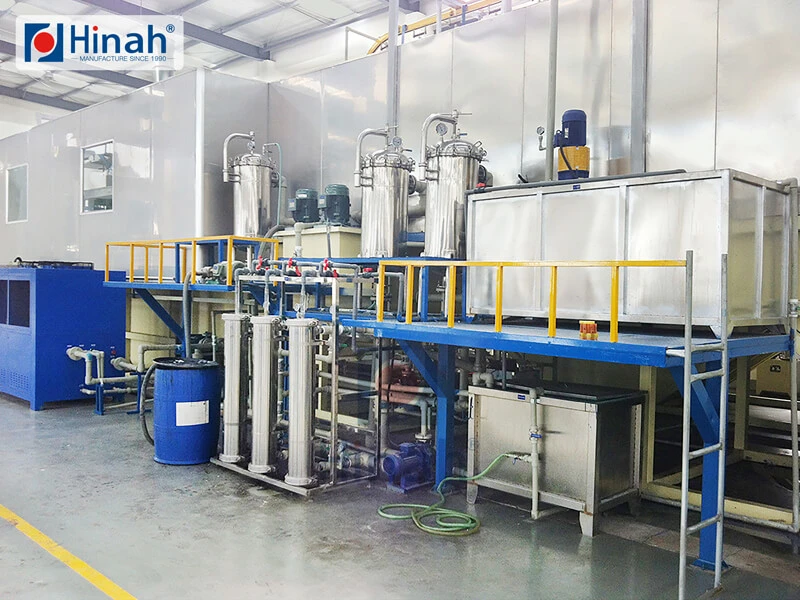
What Exactly is a Powder Coating Paint Booth?
A Powder Coating Booth is a specially designed enclosure where the electrostatic application of powder coating takes place. Unlike traditional liquid paint booths, which are designed to contain overspray and manage solvent fumes, a powder coating paint booth is engineered to contain and collect overspray dry powder for potential reclamation. The primary purpose is to create a clean, well-ventilated, and safe space that contains the powder overspray, preventing it from contaminating other areas of the workshop and ensuring it is properly collected by a recovery system. This controlled environment is critical for achieving a consistent and defect-free finish on everything from automotive parts and bicycles to household appliances and industrial machinery.
How Does a Powder Coating Paint Spray Booth Work?
The operation of a powder coating paint spray booth is a fascinating interplay of airflow, electrostatic charge, and filtration. Here's a breakdown of the typical process:
The Enclosure: The part to be coated is placed inside the enclosed Powder Coating Booth. The walls of the booth are typically smooth and non-porous to facilitate easy cleaning and prevent powder accumulation.
Airflow and Ventilation: A powerful exhaust fan creates a consistent, downward or cross-draft airflow within the booth. This negative pressure environment is the heart of the system. It ensures that any airborne powder overspray is pulled away from the operator and down through the booth's floor or toward a collection system.
The Application: The operator uses an electrostatic spray gun to apply the powder. The gun imparts a positive electric charge to the powder particles, while the grounded part attracts them, ensuring even coverage and high transfer efficiency.
Overspray Collection: The downward airflow carries the unused powder (overspray) to a collection module, often located beneath the booth's grated floor. This module typically consists of cartridge filters or cyclone separators that separate the powder from the air stream.
Powder Reclamation: The collected powder can often be sieved and mixed with virgin powder for reuse, significantly reducing material waste and operating costs. The cleaned air is then exhausted outside or recirculated back into the facility, depending on the booth's design.
This efficient cycle is what makes operating within a dedicated powder coating paint spray booth both economically and environmentally advantageous compared to many liquid finishing processes.
Key Types of Powder Coating Booths
Not all powder coating paint spray booths are created equal. The choice of booth depends heavily on production volume, part size, and available space. The main configurations include:
Open Face Booths
Ideal for low-volume shops, hobbyists, or applications involving very large, stationary objects that cannot be easily moved. These are typically three-sided structures with an open front. They rely on a back-wall filtration system to draw overspray away from the operator. While cost-effective and space-efficient, they offer less containment than a fully enclosed Powder Coating Booth and are more susceptible to environmental factors like drafts.
Walk-In / Batch Booths
These are fully enclosed rooms, essentially large powder coating paint booth units with doors for operators and parts to enter. They are perfect for coating large, bulky items in batches, such as furniture, vehicle frames, or large machinery. Walk-in booths provide excellent containment, environmental control, and safety for the operator.
Downdraft Booths
Considered the gold standard for high-quality finishing, a downdraft powder coating paint spray booth is designed with a perforated or grated floor. The airflow is engineered to move vertically downward, pulling overspray through the floor and into the collection system below. This top-to-bottom airflow minimizes the chance of powder contaminating the freshly coated surface, resulting in fewer defects and a superior finish. They are a common choice for high-volume production lines.
Crossdraft Booths
In a crossdraft design, air enters from the front of the booth or one side and is pulled horizontally across the part, exiting through filters on the opposite wall. This design is often more compact and can be easier to install where pit excavation for a downdraft system is impossible. However, the horizontal airflow can sometimes lead to a higher chance of powder being blown onto the wet film of already-coated areas.
Continuous Tunnel Booths
Used in fully automated, high-speed production environments, these are elongated tunnel-like powder coating paint spray booths. Parts are conveyed through different zones: pre-treatment, drying, powder application, and curing. They represent the peak of efficiency for mass production, such as in appliance or automotive manufacturing.
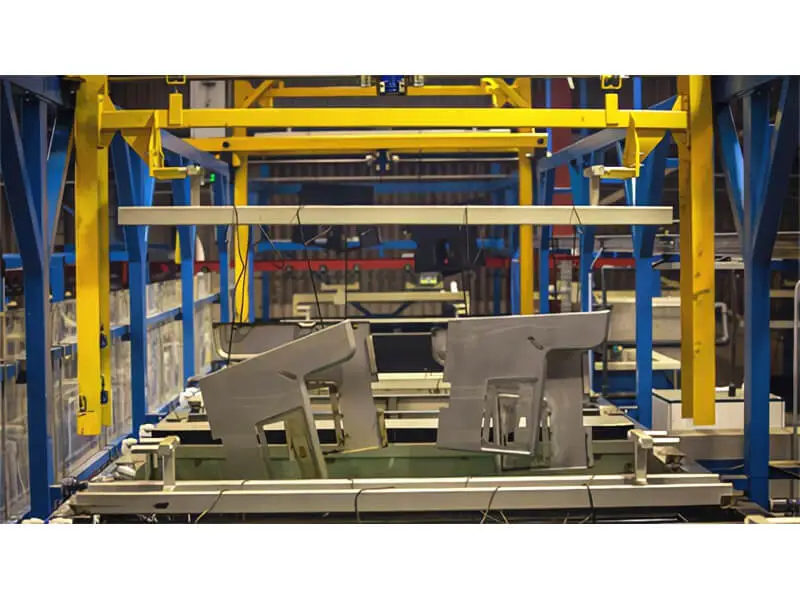
Common Problems and Solutions in Powder Coating Operations
Even with the best equipment, operators can encounter issues. Understanding these common problems with your Powder Coating Booth and their solutions is key to maintaining quality.
Problem 1: Poor Powder Application and Coverage
Cause: This is often due to inadequate grounding of the part. If the part is not properly grounded, the electrostatic charge from the gun cannot effectively attract the powder, leading to poor wrap-around and coverage, especially on edges and complex geometries.
Solution: Implement a rigorous grounding protocol. Use certified ground clips and ensure they make direct contact with bare metal. Regularly test ground continuity with a megohmmeter. Also, check for fluidization issues in the powder hopper, which can cause uneven feed to the gun.
Problem 2: Powder Contamination and Inclusion
Cause: This manifests as bumps, pits, or specks of foreign material in the cured film. The culprit is often a dirty powder coating paint booth or recovery system. Contaminants can be old, cured powder, dirt, oil, or fibers from the environment.
Solution: Maintain a strict cleaning schedule. The entire powder coating paint spray booth, including walls, floor grates, and collection modules, should be cleaned regularly. Use dedicated cleaning tools for the booth to avoid cross-contamination. Ensure powder from the recovery system is properly sieved before reuse.
Problem 3: Inconsistent or Insufficient Airflow
Cause: The performance of a Powder Coating Booth is entirely dependent on consistent and balanced airflow. A drop in airflow can be caused by clogged filters, a malfunctioning exhaust fan, or leaks in the ductwork.
Solution: Monitor the booth's manometer (air pressure gauge) daily. A deviation from the recommended static pressure indicates a problem. Change or clean cartridge filters according to the manufacturer's schedule. Regularly inspect the fan motor and belts for wear and tear.
Problem 4: Orange Peel Texture
Cause: While sometimes related to curing temperature and time, an orange peel texture can also be caused by incorrect application within the powder coating paint booth. This includes improper gun settings (kV and air pressure), holding the gun too far from the part, or applying the powder too thickly.
Solution: Optimize gun parameters according to the powder manufacturer's recommendations. Maintain a consistent spray distance of 6-8 inches from the part. Ensure a uniform film thickness is applied.
Problem 5: Back Ionization (The Faraday Cage Effect)
Cause: This occurs when powder builds up in deep recesses or corners (Faraday cage areas) and then rejects subsequently applied powder, resulting in a rough, porous finish. It is caused by an excessive build-up of powder that becomes so thick it cannot accept more electrostatic charge.
Solution: Reduce the gun's voltage setting. Use a smaller spray pattern or a specialized gun nozzle designed for hard-to-reach areas. Apply powder using a lower film build in these areas first, and then finish with the final coats.
Problem 6: Health and Safety Hazards
Cause: A powder coating paint spray booth is designed to mitigate risks, but hazards remain if not managed properly. Powder dust is a respiratory irritant and can be combustible in certain concentrations. The high voltage from the spray gun also presents a risk.
Solution: Always wear appropriate Personal Protective Equipment (PPE), including an NIOSH-approved respirator, gloves, and eye protection. Ensure the booth's explosion relief panel is unobstructed and that all electrical equipment is rated for Class II, Division 2 environments. Implement a rigorous housekeeping program to prevent dust accumulation outside the booth.
A well-designed and properly maintained powder coating paint booth is the cornerstone of any successful powder coating operation. It is far more than just a physical space; it is an integrated system that ensures efficiency, quality, and safety. From understanding the different types, like open-faced or downdraft powder coating paint spray booths, to proactively addressing common application problems, knowledge is your most powerful tool. By investing in the right Powder Coating Booth for your specific needs and committing to a disciplined maintenance and operation routine, you can achieve flawless finishes consistently, minimize waste, and protect your most valuable asset—your people. Whether you're applying a simple single coat or complex multi-layer finishes, the booth is your partner in creating durable and beautiful products.


